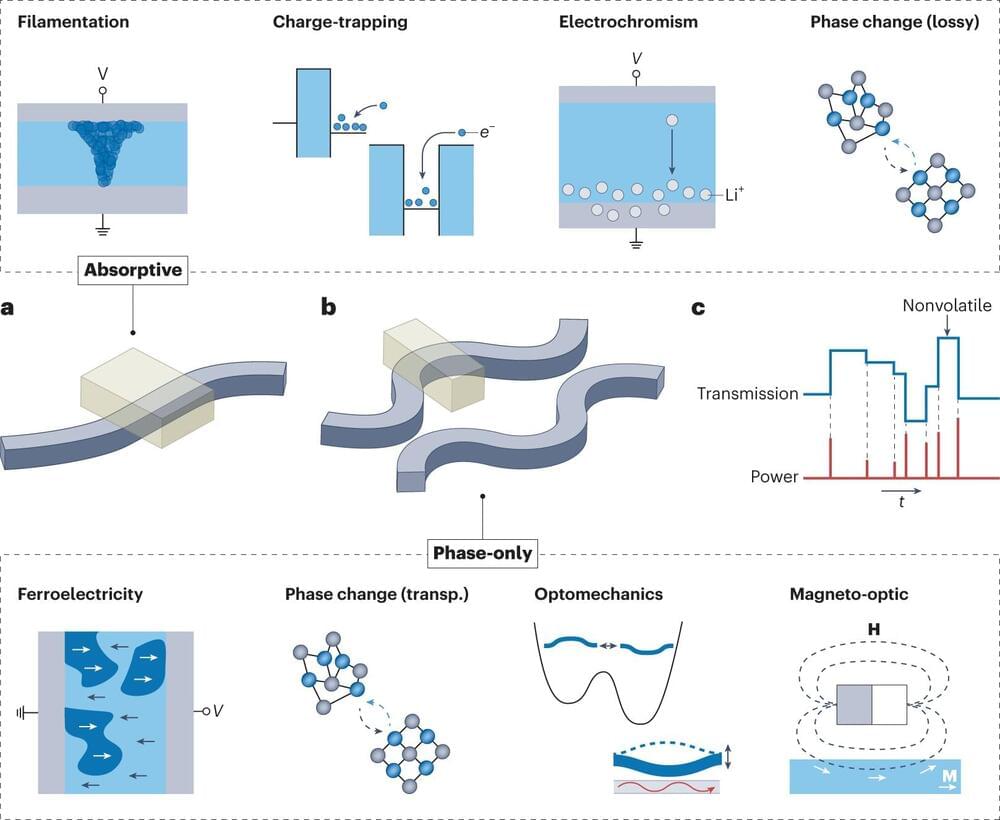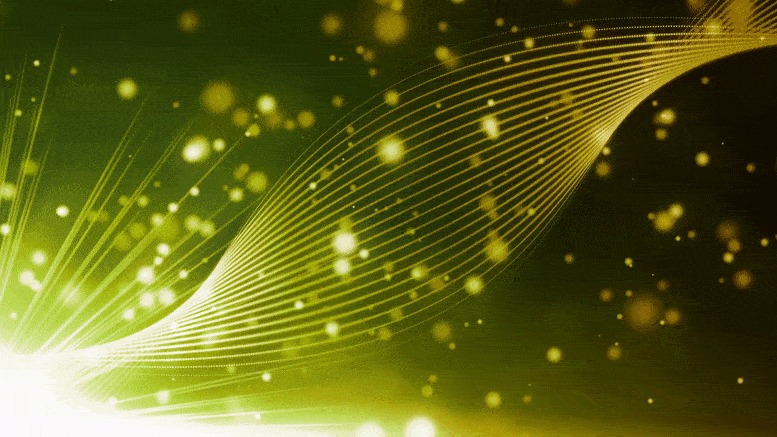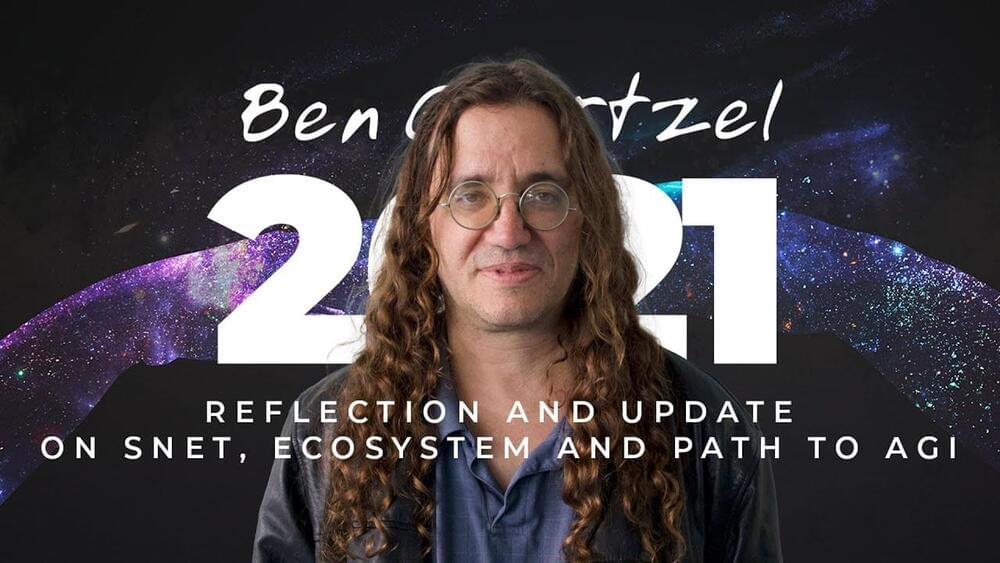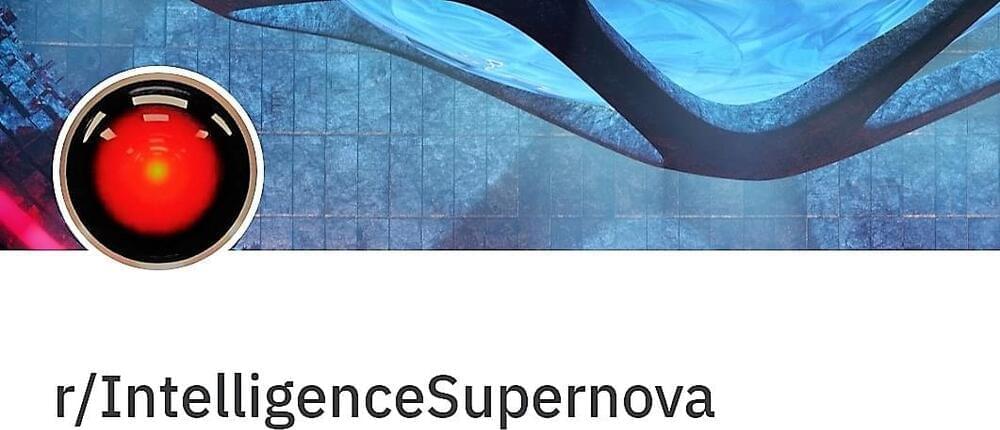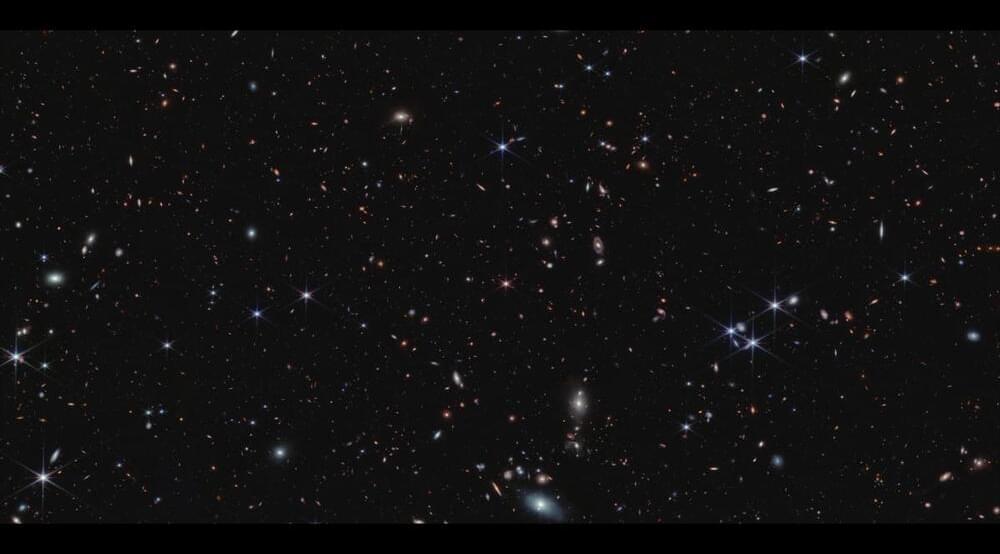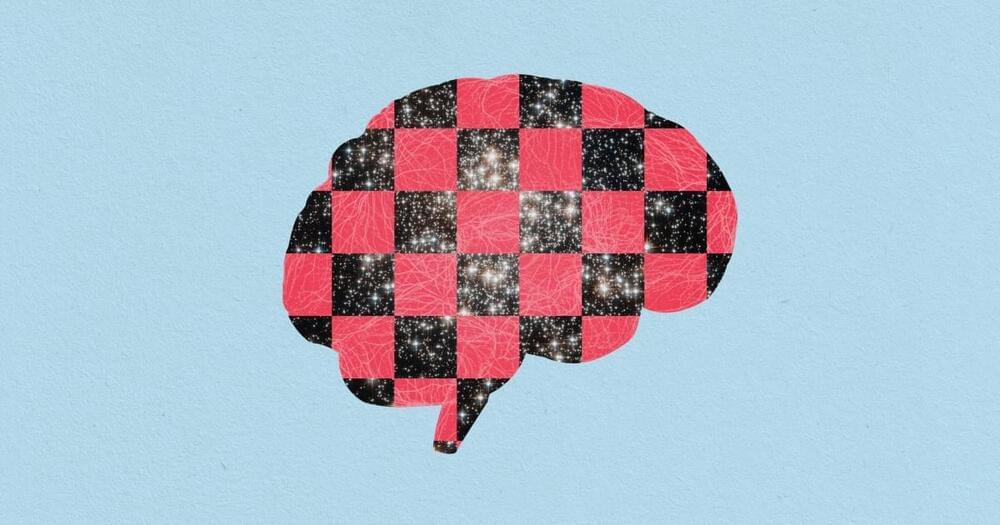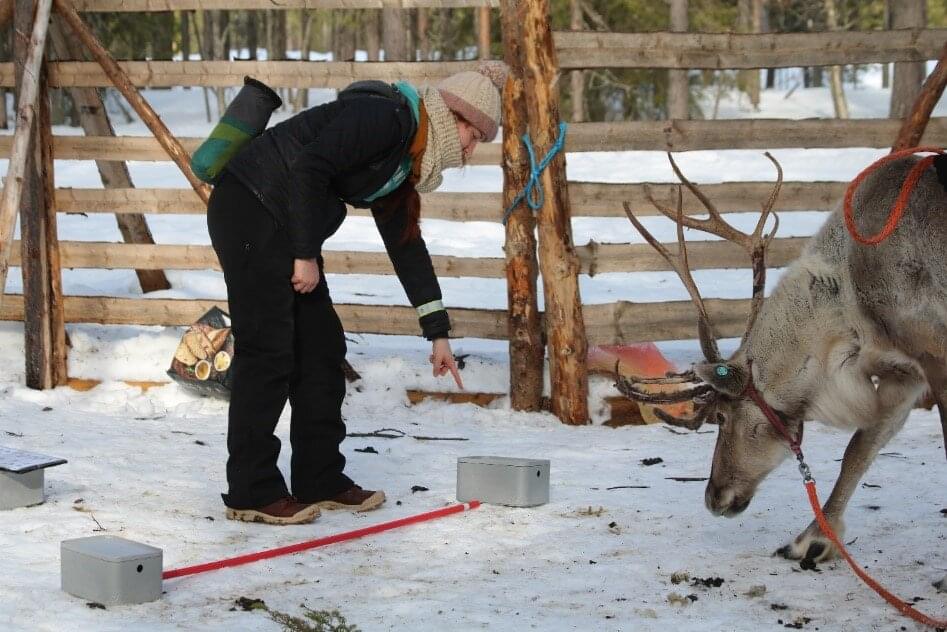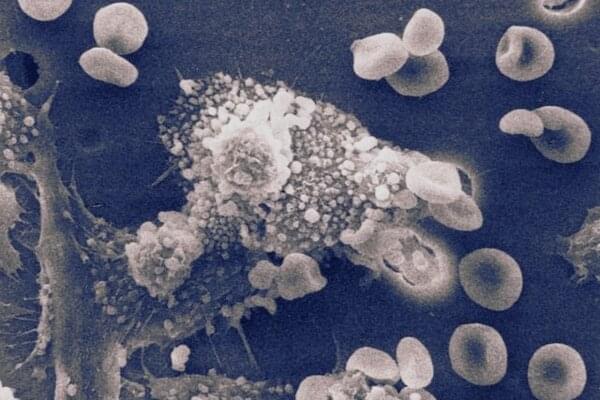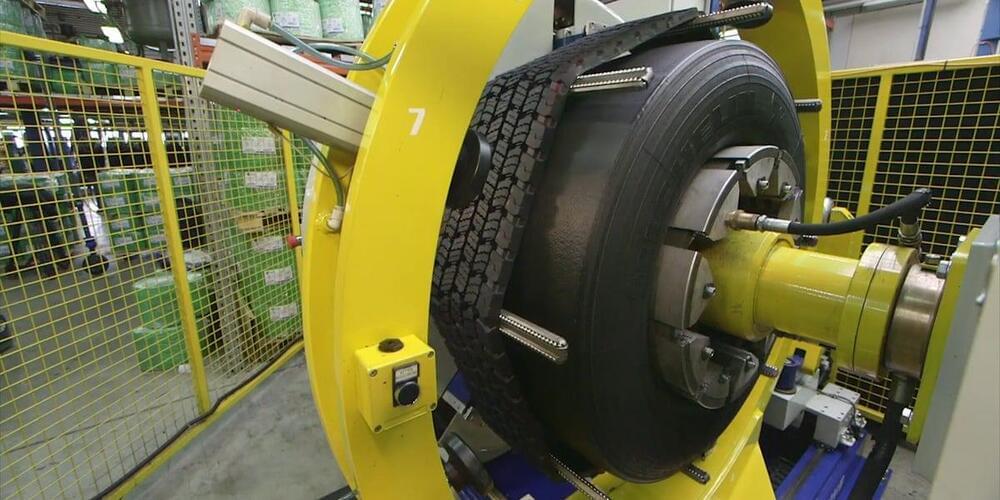Jun 12, 2023
Shining a light on neuromorphic computing
Posted by Jose Ruben Rodriguez Fuentes in category: robotics/AI
AI, machine learning, and ChatGPT may be relatively new buzzwords in the public domain, but developing a computer that functions like the human brain and nervous system—both hardware and software combined—has been a decades-long challenge. Engineers at the University of Pittsburgh are today exploring how optical “memristors” may be a key to developing neuromorphic computing.
Resistors with memory, or memristors, have already demonstrated their versatility in electronics, with applications as computational circuit elements in neuromorphic computing and compact memory elements in high-density data storage. Their unique design has paved the way for in-memory computing and captured significant interest from scientists and engineers alike.
A new review article published in Nature Photonics, titled “Integrated Optical Memristors,” sheds light on the evolution of this technology—and the work that still needs to be done for it to reach its full potential.
